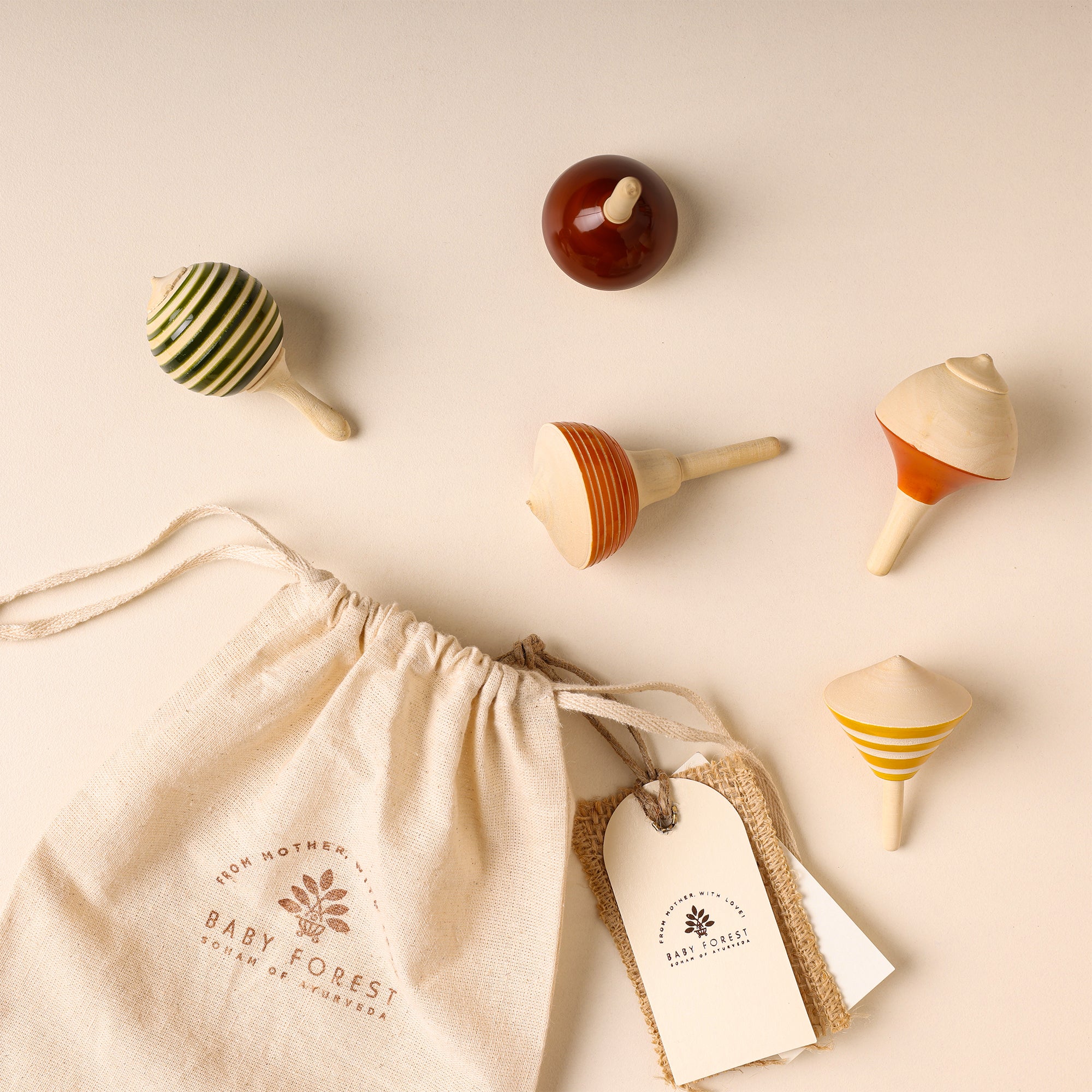
How to Balance Work and Parenting as a Single Mom or Dad ?


Rs. 795.00

Rs. 999.00

Rs. 695.00

Rs. 1,495.00

Rs. 1,295.00

Rs. 545.00

How to Balance Work and Parenting as a Single Mom or Dad ?

How to Choose the Right Cream for Your Baby's Itchy Skin?

Home Care Tips for Premature Babies After NICU Discharge

How to Baby Proof Your Home Without Compromising Style

Why Using Natural Oils for Baby Massages Is a Must During Monsoon
When you look at kids in today's digital age, you find them all glued to either phones or TV screens. Children in India used to play traditional Indian games in their courtyards, parks, and streets long before there were video games, smart TVs, or smartphone apps. These age-old games are exciting and have been passed down through the generations as a part of our culture. They promote exercise and teach valuable life lessons like patience, strategy, and teamwork.
In a period where technology has chiefly taken over our daily lives, it becomes essential to nurture the bond between nature, culture, and childhood. These traditional Indian games draw inspiration from Indian wisdom, just like our goods at Baby Forest do from nature and Ayurveda. Let us explore the fun world of traditional games every child should experience.
As mentioned earlier, children spend a lot of time indoors in front of screens. But they need to move, explore, and go out to play in the real world. That's where traditional Indian games come in the picture to help. Here is a list of reasons why these games matter for kids today.
Traditional Indian outdoor games are lively and exciting. The most incredible places to play them are parks, gardens, and school grounds. These games encourage children to run, jump, and be active. These outdoor activities help kids stay strong and healthy while also being fun and exciting. Here are a few traditional outdoor games that your kid knows of.
Large playgrounds are not necessary for all games. Certain traditional Indian games can be played in cramped quarters or indoors. Rainy days or peaceful afternoons at home are ideal for these games. These small-space games are simple, fun, and filled with learning. They serve as a reminder that happiness only requires a playful heart and a small amount of space.

Many children are distracted by screens and other devices these days. They often miss out on the fun of classic games. However, there is still time to bring them back and teach them traditional Indian games. Teachers and parents can take this upon themselves and take active initiative. Teach kids the games you used to play as a kid first. Let them know how much fun they are. Play with them throughout the holidays, at home or at parks. Even daily playtimes for short durations can have a significant impact.
These games can be included in routine activities and sports days at schools. They don't need fancy equipment, just open space and willing hearts. Grandparents at home can also share their playtime stories and teach these games wherever they can. It's a lovely way for generations to connect. Even hosting game nights with loved ones is an option. This can also turn into a fun family tradition.
Must Read: How to Manage Screen Time for Kids
Today, many traditional Indian games are available as mobile apps or online games. Children can now play games like Kho Kho, Pachisi, and Snakes and Ladders on screens. Although this sounds trendy and fun, are they the same thing? The answer is: not really.
Digital games do have the capability to provide some excitement and teach kids the basic rules. They also come in handy when children can't step a foot outside the door. However, they fail to see the true beauty of traditional Indian games. But the drawback here is that these kids don't get to laugh with friends, feel the earth under their feet, or enjoy fresh air.
Real play fosters the development of both the body and the mind. It teaches physical skills, patience, and collaboration. These are experiences that cannot be replaced by online games. At Baby Forest, we believe digital games are okay sometimes, but not all the time. Real play in the real world is always better for a happy, healthy childhood.
Traditional Indian games are treasures from our past. They bring joy, learning, and health to every child. In a world full of screens and gadgets, these games remind us of the simple pleasures of running, playing, and laughing with friends. Playing these games helps kids grow strong in body and sharp in mind. They teach important values like teamwork, patience, and respect. They also connect children to their culture and heritage.
At Baby Forest, we believe every child deserves a childhood filled with natural play and happiness. Bringing back traditional Indian games is an excellent way to do that. So, let's encourage our kids to step outside, gather their friends, and enjoy these timeless games because childhood memories made through play are the sweetest of all.
Also Read: Types of Toys for Children by Age and Developmental Stage

